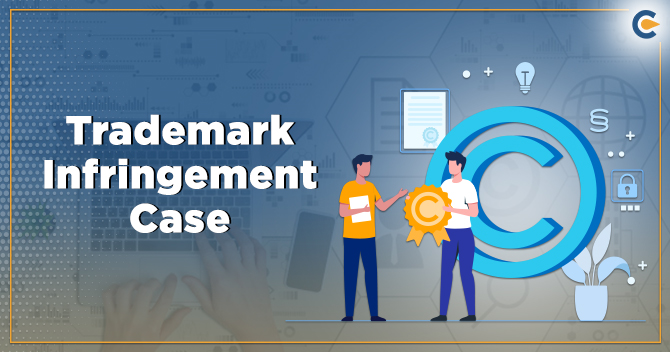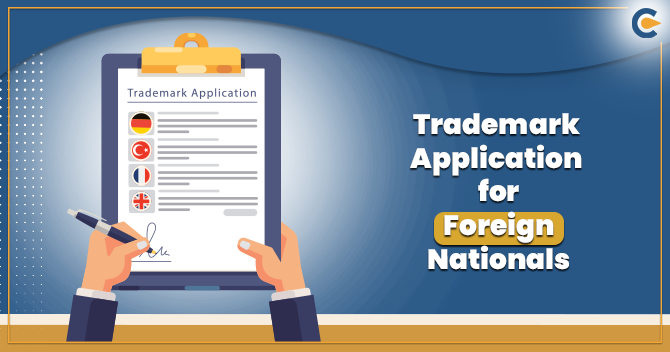Trademark infringement case is famous due to numerous grey areas in the analysis of intellectual property rights law. The previous few years have also led to many landmark trademark disputes. It comprises arguments like Cadbury and Nestle over the trademark of the characteristic blue wrapping. Coca Cola received a trademark over the shape of the bottle.
Trademark infringement involves high costs, documentation and lead to a fall in brand image. It is essential to be well equipped to defend a registered trademark.
Features of a potential Trademark Infringement
In each suit, there are two or more parties. In the case of trademark infringement, a suit may typically occur between one brand with another due to one or more of the following situation-
- One person’s trademark registration has practiced by another person.
- Another business with a registered trademark registers a complaint against the trademark which is using it.
- In case of an unregistered trademark is recognized similar to the owner of a registered trademark.
- If the owner of a registered trademark and a competing business starts using your mark without registration.
- In case it is found that any opposing business is utilizing similarity in color, tag lines, wrapping, logo, product design[1], brand name or any other unique factor.
Read our article:Can we register a trademark or brand name in India? If yes, How!
How to find similarity in the trademark?
The final test of the trademark infringement is whether a reliable buyer looking at the goods and services is likely to be confused between two marks or it seems they are similar. The choice, while being subjective is based on some certain parameters-


How to win a trademark infringement case on behalf of the plaintiff?
The steps to be taken by the plaintiff in case of trademark infringement-
Knowing the plaintiff’s Intellectual Property rights
The plaintiff should double-check his/her registration before anything else. It is because the plaintiff has to provide evidence related to when the mark was used first and that the trademark has not failed.
Is the trademark infringement case worth the cost and time?
If the plaintiff notices that the case isn’t too huge yet, then they can file for a Cease and Desist order since it will be less costly and sufficient. A cease-and-desist document tells the infringing party to cease the alleged illegal activity and not to start again (desist). If the infringement has caused severe damage to business and reputation, then it should be worth the time and resources to push through with the lawsuit.
Get an experienced trademark lawyer
It should already be evident that the plaintiff should get a good lawyer when it comes to infringement cases. Experienced trademark lawyers will guide him/her throughout the process even before the plaintiff push through with a lawsuit. Attorney fees are also needed to be considered. There are certain circumstances where the defendant is not required to pay the attorney fees of a plaintiff if they win the case. The lawyer might also help to settle if they want the illegal use of the trademark to be ceased or ask for a certain amount for compensation of damages.
Whether an individual is the proprietor of a registered or an unregistered trademark, then the brand identity needs to be defended. It is the persons’ business name, logo, the combination of colors, the domain name of the website, etc., that the suppliers and customers would identify the person.
In a scenario, if the plaintiff comes across another business using their trademark, then below are few points to consider–
Find out the domain of business of the infringing mark.
- It should ideally be the starting point, as the primary test that the courts uses to find out if two businesses are using a similar mark.
- However, if the infringing brand does not refer to the industry, it could still be deceptively similar to the registered trademark.
The duration of the competing business concerning the development of the mark
- If it has established that the competitor is infringing his/her mark deals in a product or service similar to your business, then he/she must collect some background information. It would include finding out how long they have been in their business.
- Additionally, it must also find out how long the infringing trademark has been used.
- If the usage of mark predates their mark, it is likely to have a stronger claim. The courts generally tilt in favor of the party that has started using the mark at first.
Establishing first use of the mark-
If they have started using the mark then some information related to the usage of a mark may or may not be publicly available. If the mark is unregistered, this search will not yield results. In such case, the best option would be to establish that you started using the mark first.
Even if the mark has registration later, he/she could still avail legal benefits of starting to use mark earlier. Prior use of the mark might be evidenced by one or more of the following –
- Use of the mark in internal meetings, communications with stakeholders, letterheads
- Display of the mark at prominent locations like in websites, advertisements, and social media pages, etc.
How to win a trademark infringement case on behalf of the Defendant?
The plaintiff can have some advantages but defendant can also have strong arguments. Defense for trademark infringement is what the defendant brings to show that they did not use another’s trademark illegally.
Defenses against claims of Trademark Infringement
Here are some defenses against claims of infringement-
Fair Use
It is one of the most common defenses against trademark infringement claims. It is said to be common because it involves lot of factors. One of them is fair use. It is basically when the plaintiff’s trademark is used to describe the defendant’s products and services.
Doctrine of Laches
It is used as a defense by saying that there has been an unreasonable delay in the plaintiff’s claim. It means that the plaintiff did not file the claim quickly enough and has already run out of time.
Conclusion
Finally, the individual must also keep all the communications with the Registrar of Trademarks, including notices, objections, corrections and amendments filed alongside with registered trademark. This could come in handy to establish authenticity and veracity of trademark infringement claim in case of a dispute.
Read our article:Can Trademark Registration Impact Your Business? Let’s Figure it Out!











